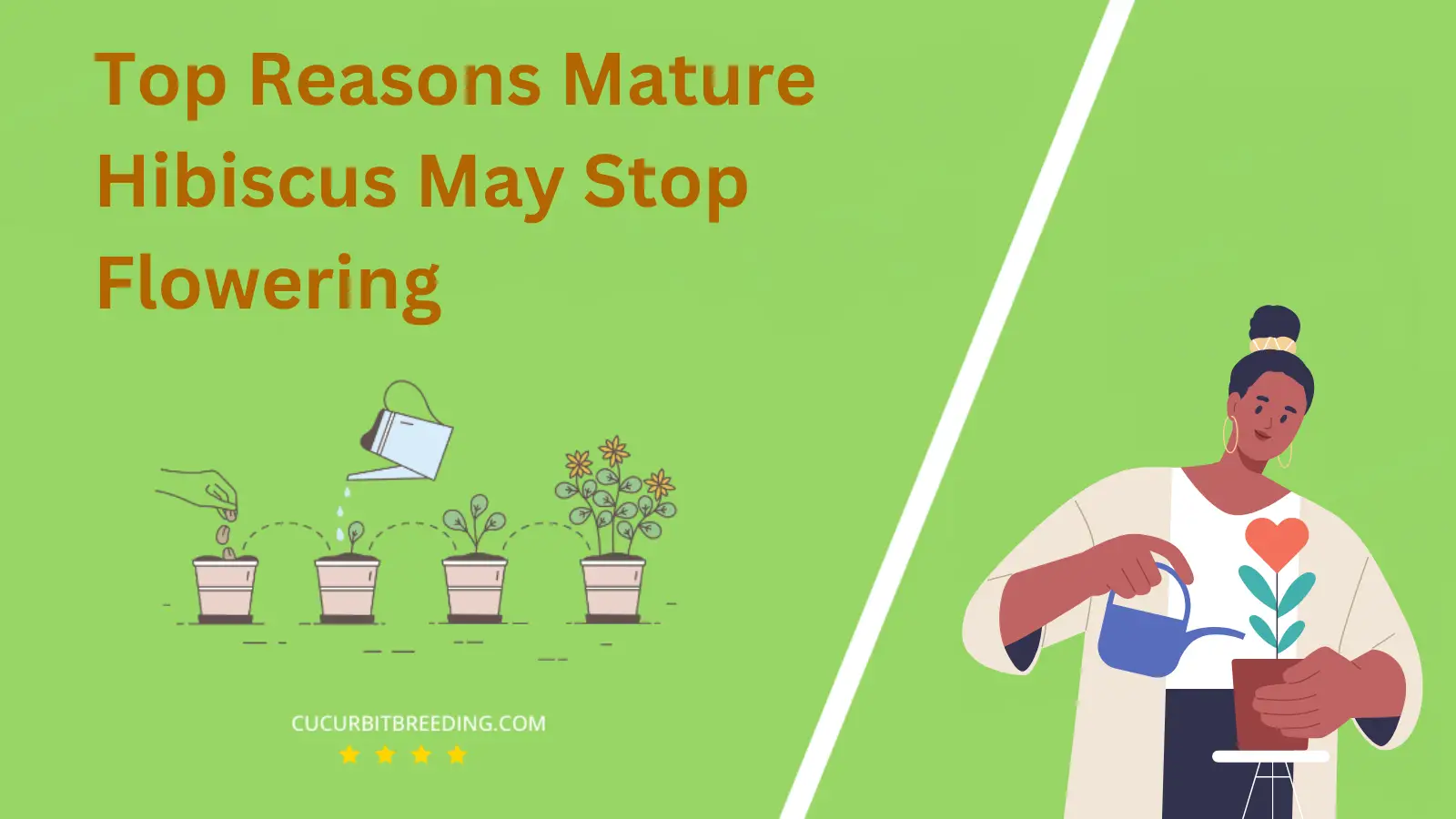
Have you ever wondered, “When do hibiscus bloom?” These tropical beauties, celebrated for their large and vibrant flowers, are a feast for the eyes when in full bloom.
But understanding their blooming cycle can feel like unravelling a botanical mystery. Let’s embark on this journey to discover the secrets of hibiscus blooming patterns.
When Do Hibiscus Bloom?
Hibiscus plants typically bloom during the warmer months, from late spring to early fall. However, the exact timing may vary based on the specific variety of hibiscus and the climate in which it is grown. Indoor hibiscus plants may bloom year-round if they are properly cared for and receive enough light.
| Stage | Description |
|---|---|
| Germination | Spring (March, April, May) |
| Growth | (Spring to summer) (March to August) |
| Blooming | Summer (June-August) |
| Dormancy | (October to February) |
How Long Do Hibiscus Bloom?
Hibiscus plants typically bloom from late spring to early fall, with the blooming period extending up to several months under ideal conditions. Typically, each bloom lasts for about one day, but the plant produces many blooms throughout its blooming period. However, it’s important to note that factors like the specific species of the plant, weather conditions, and overall plant health can influence the blooming pattern. In the most common conditions, hibiscus blooms from late spring to early fall.
How Light Affects Hibiscus Blooms?
Light greatly influences the blooming of hibiscus plants. Hibiscus plants require direct sunlight for at least six hours a day to produce blooms. They will not bloom sufficiently if they do not get enough light. Inadequate light leads to fewer flowers, lackluster color, and reduced growth. Moreover, their leaf structure can also be affected by insufficient light, resulting in leaf yellowing and eventual dropping. Therefore, ensuring your hibiscus plant gets the necessary amount of sunlight is crucial to its blooming and overall health.
Will Hibiscus Bloom the First Year You Plant Them?
Yes, hibiscus plants will bloom in the first year they are planted. These plants typically start producing flowers within their first growing season, given they are planted in favorable conditions. However, the frequency of blooming may vary depending on the species, the quality of care provided, and the environmental conditions.
Will Hibiscus Bloom Every Year?
Yes, hibiscus plants will bloom every year. With proper care and maintenance, these tropical plants will display their vibrant flowers annually. However, it’s important to ensure they receive enough sunlight, water, and nutrients to continue their blooming cycle.

Should I Deadhead Hibiscus Blooms?
Yes, you should deadhead hibiscus blooms. Deadheading, or removing spent flowers, can encourage the plant to produce more blooms. It also helps to maintain the plant’s overall health and appearance. However, it’s not essential as hibiscus plants will continue to flower even without deadheading.
Top Reasons Mature Hibiscus May Stop Flowering

Mature hibiscus plants may stop flowering due to a variety of reasons. Insufficient light is one of the common causes, as hibiscus plants need plenty of sunlight to bloom. Try to ensure your plant gets at least 6 hours of sunlight each day.
Improper watering can also cause a hibiscus to stop flowering. They prefer consistently moist, but not waterlogged soil. Overwatering can lead to root rot, while underwatering can cause the plant to become stressed and cease blooming.
Another reason could be insufficient nutrients. Hibiscus plants require a rich soil with adequate amounts of potassium, phosphorous, and other nutrients to produce flowers. If the soil is poor, consider using a balanced, slow-release fertilizer to enhance nutrient levels.
Lastly, the plant may be affected by pests or diseases. Pests such as aphids, whiteflies, and spider mites, or diseases like hibiscus syriacus rust and bacterial leaf spot can affect the overall health of the plant and hinder flower production.